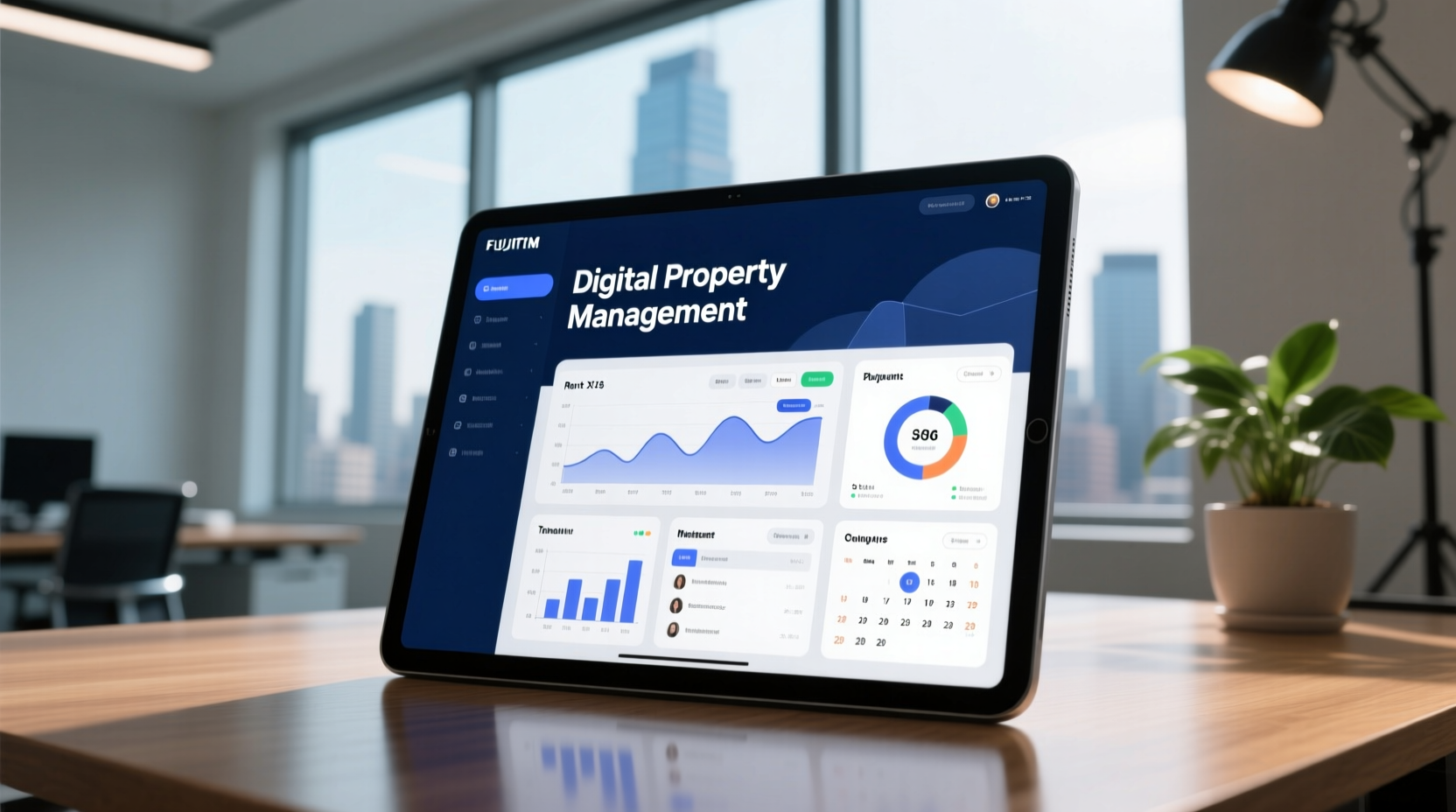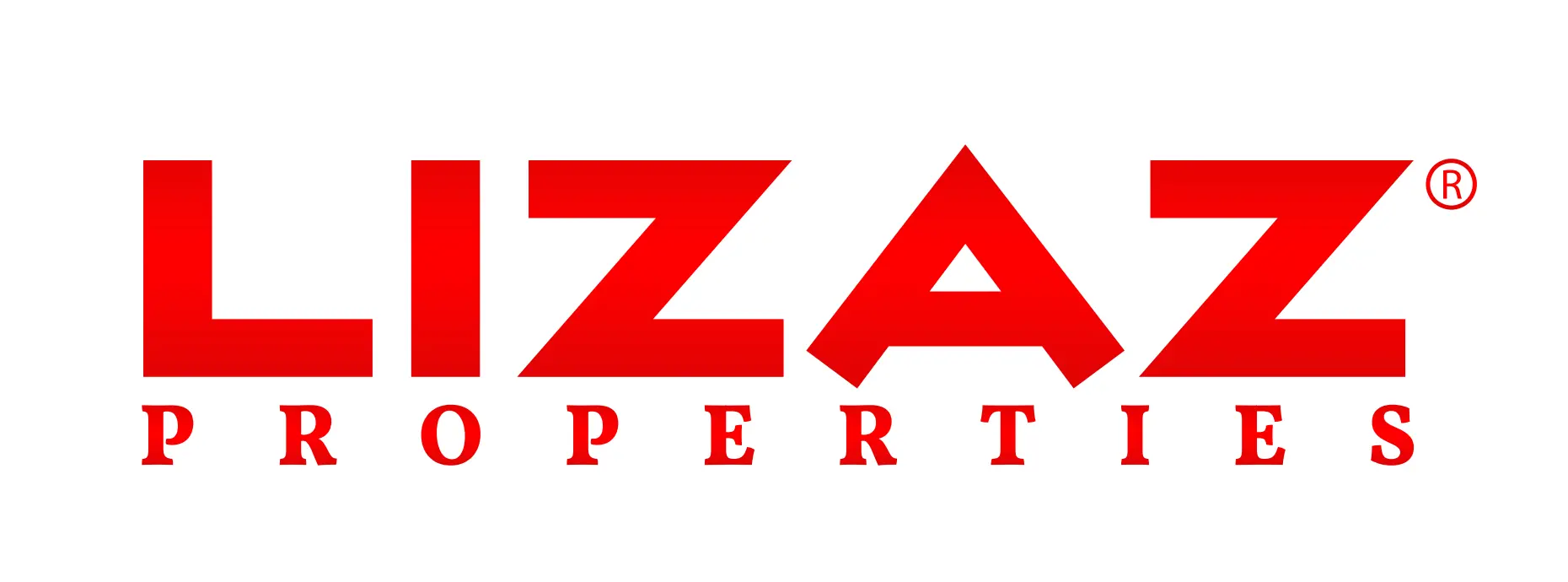
The Ultimate Guide to Digital Property Management
In today’s fast-paced, tech-savvy world, property owners and managers are increasingly turning to digital property management solutions to streamline operations, reduce costs, and enhance tenant satisfaction. The traditional methods of managing properties manually are no longer sufficient to meet the demands of modern real estate operations. Whether you’re a small landlord with a handful of units or a large property management company overseeing hundreds of assets, implementing a robust digital property management system is essential for success.
This comprehensive guide delves into the intricacies of digital property management, exploring the latest online property management tools, AI property management software, and cloud property management platforms. We’ll examine how these technologies transform everything from tenant screening to maintenance tracking, providing actionable insights and real-world applications that every property professional can leverage.
Understanding the Fundamentals of Digital Property Management
Digital property management represents a paradigm shift in how real estate assets are handled. It involves leveraging digital real estate management solutions to automate routine tasks, centralize information, and improve decision-making through data analytics. At its core, this approach aims to digitize every aspect of property management, from initial tenant acquisition to ongoing maintenance and financial reporting.
A smart property management app or a cloud-based property management software serves as the backbone of this transformation. These platforms integrate various functionalities into a single, user-friendly interface, allowing property managers to oversee multiple properties simultaneously with minimal manual intervention.
Key benefits of adopting a digital property management system include:
- Enhanced Efficiency: Automation reduces time spent on repetitive tasks.
- Improved Communication: Seamless interaction between landlords, tenants, and staff.
- Real-Time Insights: Access to live data for informed decision-making.
- Cost Reduction: Lower operational expenses due to streamlined processes.
- Scalability: Easily manage more properties without proportional increases in staff.
Core Components of Modern Digital Property Management Systems
To fully grasp the capabilities of digital property management software, it’s crucial to understand its core components. These typically encompass several interconnected modules designed to cover all aspects of property administration.
1. Tenant Management
Effective tenant management is fundamental to successful property operations. Digital tenant management software facilitates the entire tenant lifecycle, from application and screening to lease signing and departure.
Features often included:
- Online rental applications and digital signatures
- Automated background checks and credit reports
- Tenant communication portals
- Rent payment processing and reminders
- Move-in/move-out documentation
Example: A tenant screening tool integrated within a digital property management platform can automatically verify income, run criminal background checks, and generate reports, significantly reducing the time required for vetting potential tenants.
2. Lease Management
Managing leases digitally streamlines the process of creating, storing, and renewing agreements. Digital lease management tools ensure compliance and easy access to critical lease terms.
Key Functions:
- Drafting customizable lease templates
- Electronic signature capabilities
- Lease expiration alerts
- Renewal tracking and notifications
- Secure document storage
Using a digital lease management platform ensures that all parties have access to the most up-to-date versions of agreements, minimizing disputes and administrative errors.
3. Maintenance Tracking
Property maintenance is an ongoing concern that requires consistent attention. Property maintenance tracking software helps schedule, assign, and monitor maintenance tasks efficiently.
Essential Features:
- Work order creation and assignment
- Maintenance scheduling and reminders
- Vendor management and cost tracking
- Photo documentation of issues and resolutions
- Integration with repair requests from tenants
An automated property management system can trigger maintenance alerts based on predefined schedules or reported issues, ensuring timely upkeep and preventing costly repairs.
4. Financial Management
Accurate financial tracking is vital for profitability. Property accounting software digital or property management dashboard software provides comprehensive financial oversight.
Core Features:
- Rent collection and tracking
- Expense recording and categorization
- Financial reporting and analytics
- Budgeting tools
- Tax preparation assistance
Digital asset management for real estate allows property managers to track cash flow, analyze performance metrics, and generate detailed reports for stakeholders or tax purposes.
5. Communication and Collaboration
Effective communication among tenants, staff, and vendors is facilitated through integrated communication tools within digital property management platforms.
Common Tools Include:
- Messaging systems for tenants and staff
- Shared calendars and scheduling
- Document sharing capabilities
- Mobile apps for remote access
These features are particularly valuable for remote property management solutions, enabling managers to stay connected and responsive even when not physically present at properties.
Leveraging AI and Automation in Property Management
Artificial Intelligence (AI) is revolutionizing property management by introducing intelligent automation and predictive capabilities. AI-powered real estate management systems offer unprecedented efficiency gains.
AI Property Management Solutions
AI algorithms can analyze vast amounts of property data to predict trends, identify potential risks, and optimize operations. Examples include:
- Predictive Maintenance: AI models analyze historical maintenance data to forecast when equipment might fail, enabling proactive repairs.
- Rent Optimization: Algorithms analyze market conditions, comparable rents, and vacancy rates to suggest optimal pricing strategies.
- Tenant Behavior Analysis: AI can detect patterns in tenant interactions, helping predict potential issues like late payments or lease violations.
Automated Property Management Software
Automation extends beyond simple scheduling. Advanced automated property management software can:
- Automatically send rent reminders and late notices.
- Process tenant applications based on predefined criteria.
- Generate financial reports and dashboards.
- Handle routine customer service inquiries via chatbots.
By integrating AI property management software with property automation technology, property managers can free up valuable time for strategic activities while ensuring consistency in day-to-day operations.
The Role of IoT in Smart Property Management
The Internet of Things (IoT) is playing an increasingly significant role in property management, particularly in IoT property management solutions. Smart devices embedded within buildings provide real-time data on various parameters.
Smart Building Management Software
These systems utilize sensors and smart appliances to:
- Monitor energy consumption and usage patterns.
- Control heating, ventilation, and air conditioning (HVAC) systems remotely.
- Detect security breaches or unusual activity.
- Track occupancy levels for space optimization.
For example, smart building management software can automatically adjust lighting and temperature based on occupancy, leading to significant energy savings. This type of property automation technology also enhances the tenant experience by providing a more comfortable and efficient living or working environment.
Benefits of IoT Integration
- Energy Efficiency: Reduced utility bills through optimized resource usage.
- Enhanced Security: Real-time monitoring and alerts for unauthorized access.
- Improved Maintenance: Early detection of mechanical issues.
- Data-Driven Decisions: Comprehensive insights into building performance.
Choosing the Right Digital Property Management Platform
Selecting the appropriate best digital property management system requires careful evaluation of your specific needs and goals. Consider the following factors:
Assess Your Needs
Before choosing a solution, clearly define what you want to achieve. Are you looking primarily to automate rent collection, or do you need comprehensive tenant screening capabilities? Do you manage multiple properties across different locations?
Evaluate Features and Functionality
Look for platforms that offer the essential features relevant to your operations. Ensure the software integrates well with other tools you use, such as accounting software or CRM systems.
Consider Scalability
Choose a cloud property management platform that can grow with your business. It should easily accommodate new properties and users without requiring expensive upgrades.
User Experience and Support
A user-friendly interface is crucial for adoption by staff and tenants. Additionally, reliable customer support is essential for troubleshooting and maximizing the software’s potential.
Security and Compliance
Given the sensitive nature of property data, ensure the chosen digital real estate management system complies with relevant data protection regulations and offers robust security measures.
Integration Capabilities
The best online property management tools seamlessly integrate with third-party services like payment processors, tenant screening providers, and accounting software.
Implementing Your Digital Property Management Strategy
Adopting a digital property management system is a significant step toward modernizing your operations. Here’s a step-by-step approach to implementation:
Step 1: Define Objectives and Requirements
Clearly articulate your goals for implementing digital property management. Identify pain points in your current workflow that the system should address.
Step 2: Research and Shortlist Platforms
Based on your requirements, research and shortlist potential best online landlord software options. Request demos or trial periods to evaluate functionality.
Step 3: Plan the Migration Process
Develop a detailed plan for migrating existing data and transitioning workflows. This includes training staff and communicating changes to tenants.
Step 4: Conduct Training and Testing
Train all relevant personnel on using the new system. Perform thorough testing to ensure all features function correctly before full deployment.
Step 5: Monitor Performance and Iterate
Once deployed, continuously monitor the system’s performance and gather feedback from users. Make necessary adjustments to optimize effectiveness.
Real-World Applications and Success Stories
Many property management companies have successfully transformed their operations through digital adoption.
Case Study: Streamlined Operations
A mid-sized property management firm implemented a cloud property management software to handle 200+ rental units. By automating rent collection, tenant screening, and maintenance requests, they reduced administrative time by 60% and improved tenant satisfaction scores by 35%.
Case Study: Data-Driven Decision Making
Another company leveraged property data analytics software to analyze occupancy rates and rental trends. Using insights from this digital real estate management system, they adjusted pricing strategies, resulting in a 15% increase in revenue over six months.
Future Trends in Digital Property Management
The landscape of digital property management software continues to evolve rapidly. Emerging trends include:
- Advanced AI Analytics: More sophisticated predictive models for risk assessment and performance optimization.
- Blockchain Integration: Enhanced transparency and security in lease agreements and transactions.
- Voice Assistants: Voice-controlled interfaces for property management tasks.
- Augmented Reality (AR): AR tools for virtual property tours and maintenance visualizations.
Staying ahead of these trends will position property managers at the forefront of innovation, offering superior services and maintaining a competitive edge.
Conclusion: Embracing the Digital Transformation
The journey towards end-to-end digital property management is not just about adopting new tools; it’s about transforming how property management is conducted. By embracing online property management tools, AI property management software, and cloud property management solutions, property owners and managers can unlock tremendous efficiencies, improve decision-making, and deliver exceptional experiences to tenants.
Whether you’re a seasoned professional or just starting out, investing in a comprehensive digital property management system is a strategic move that pays dividends in time saved, costs reduced, and profits increased. The key lies in selecting the right best digital property management system tailored to your specific needs and executing the transition thoughtfully.
As we move forward, digital property management software will continue to evolve, offering even more powerful features and capabilities. Staying informed and adaptable will be crucial for maximizing the benefits of this technological revolution in real estate management.
By integrating digital tenant management software, property automation technology, and smart building management systems, property professionals can create a seamless, efficient, and profitable operation that stands the test of time.



